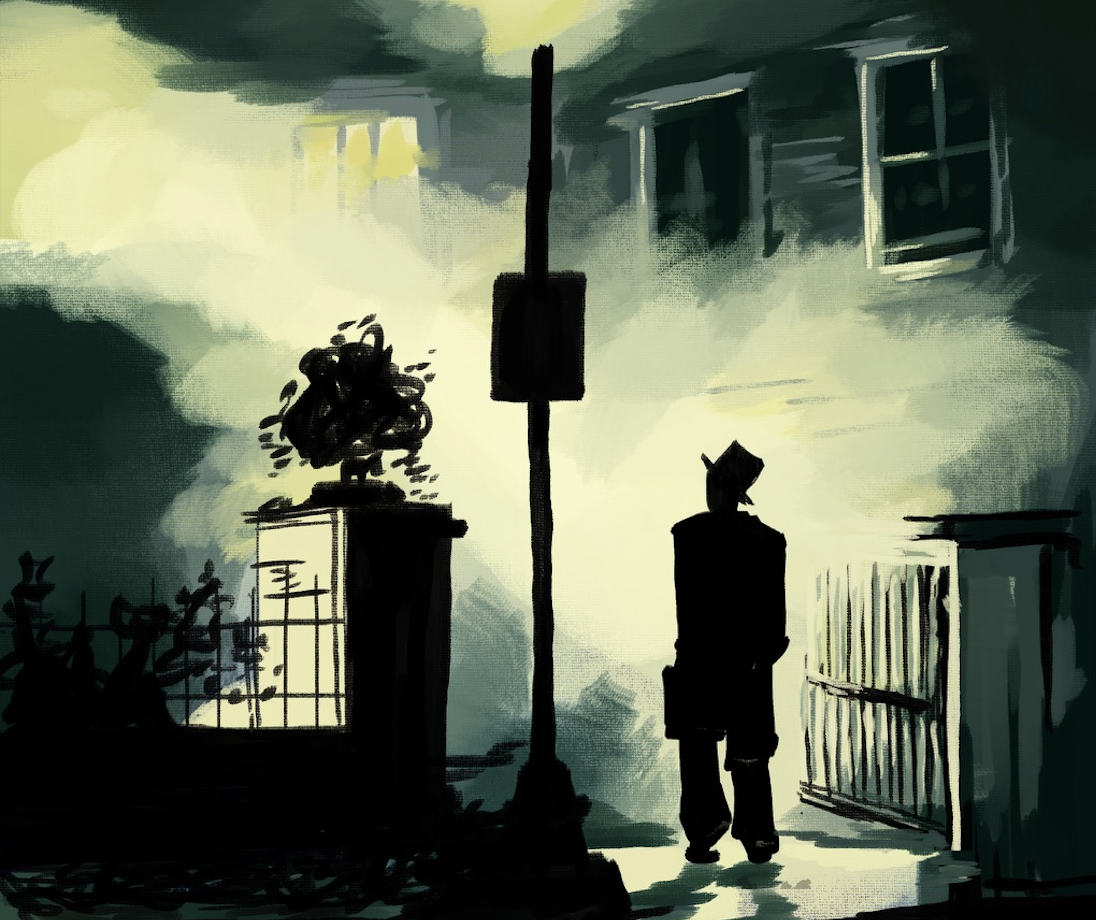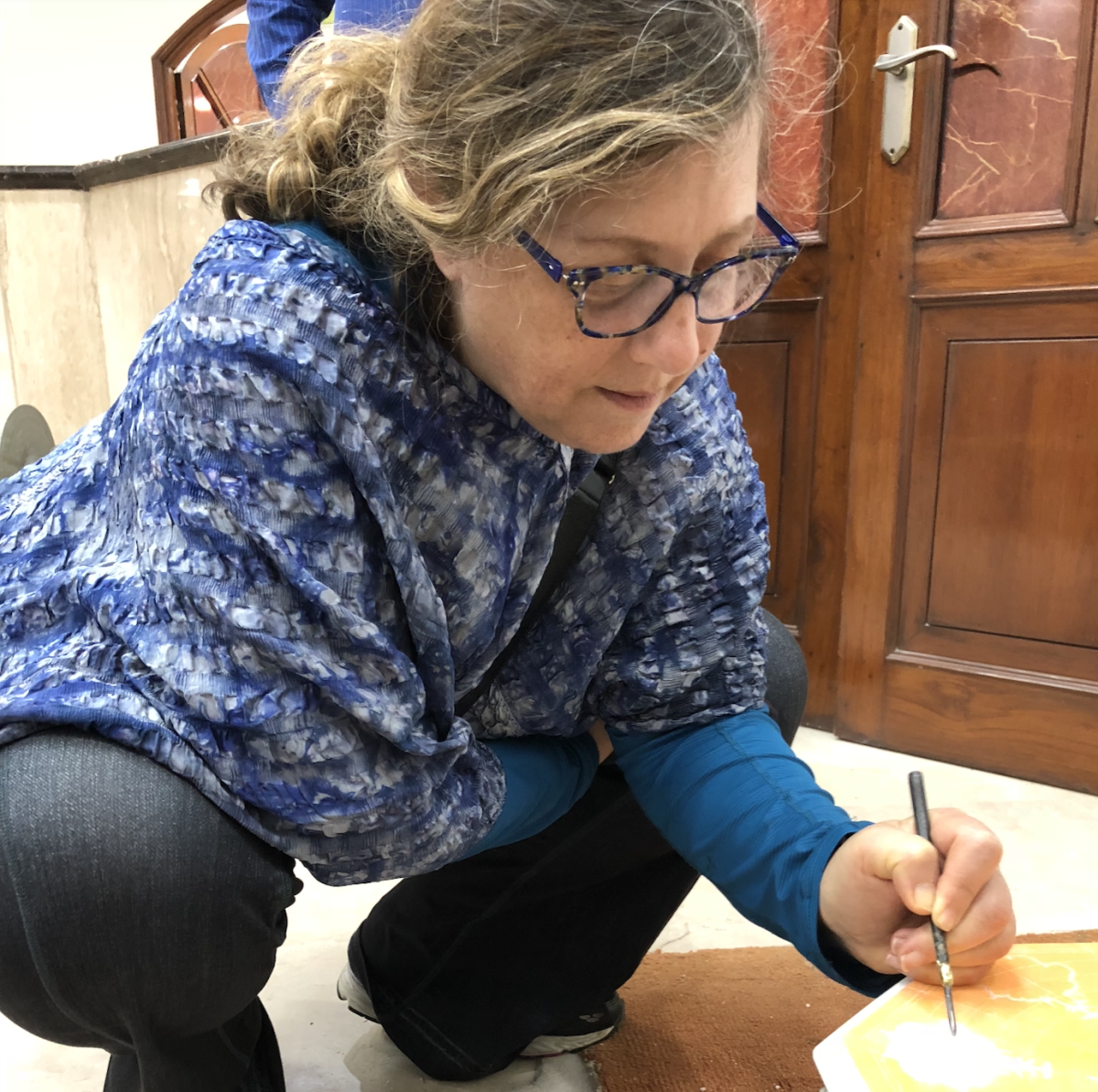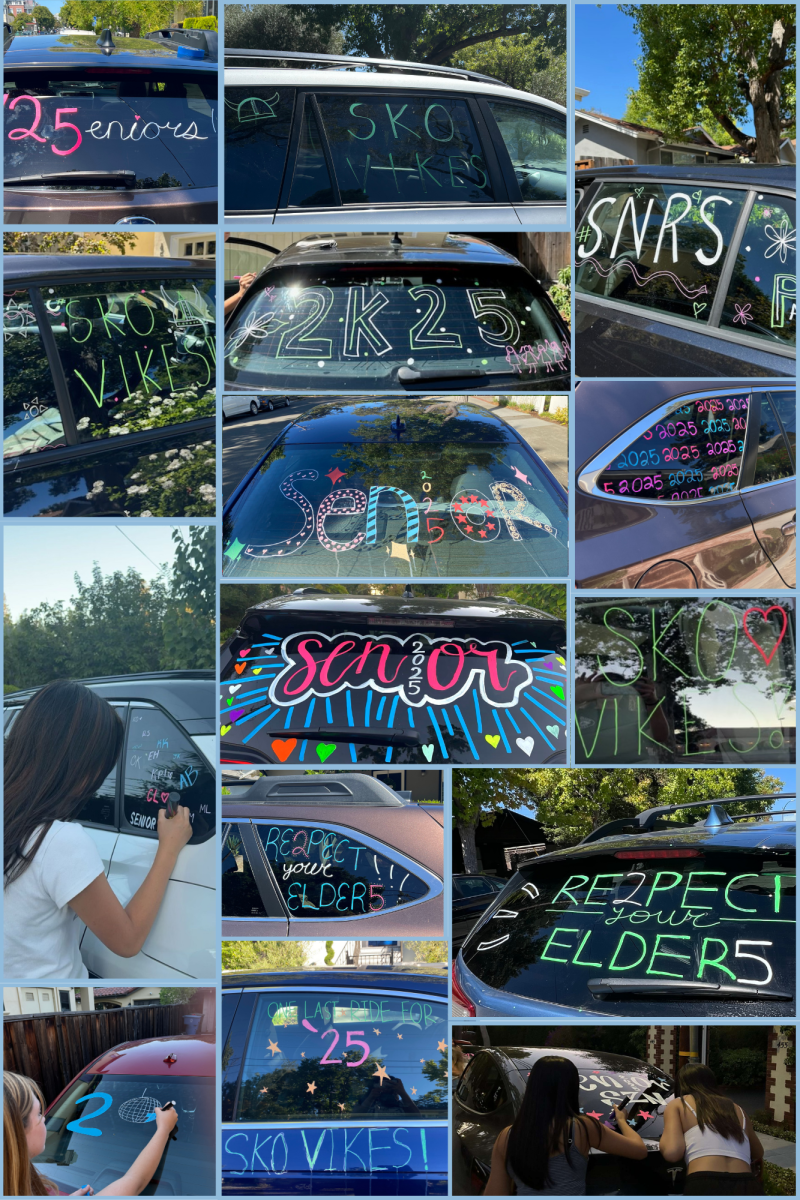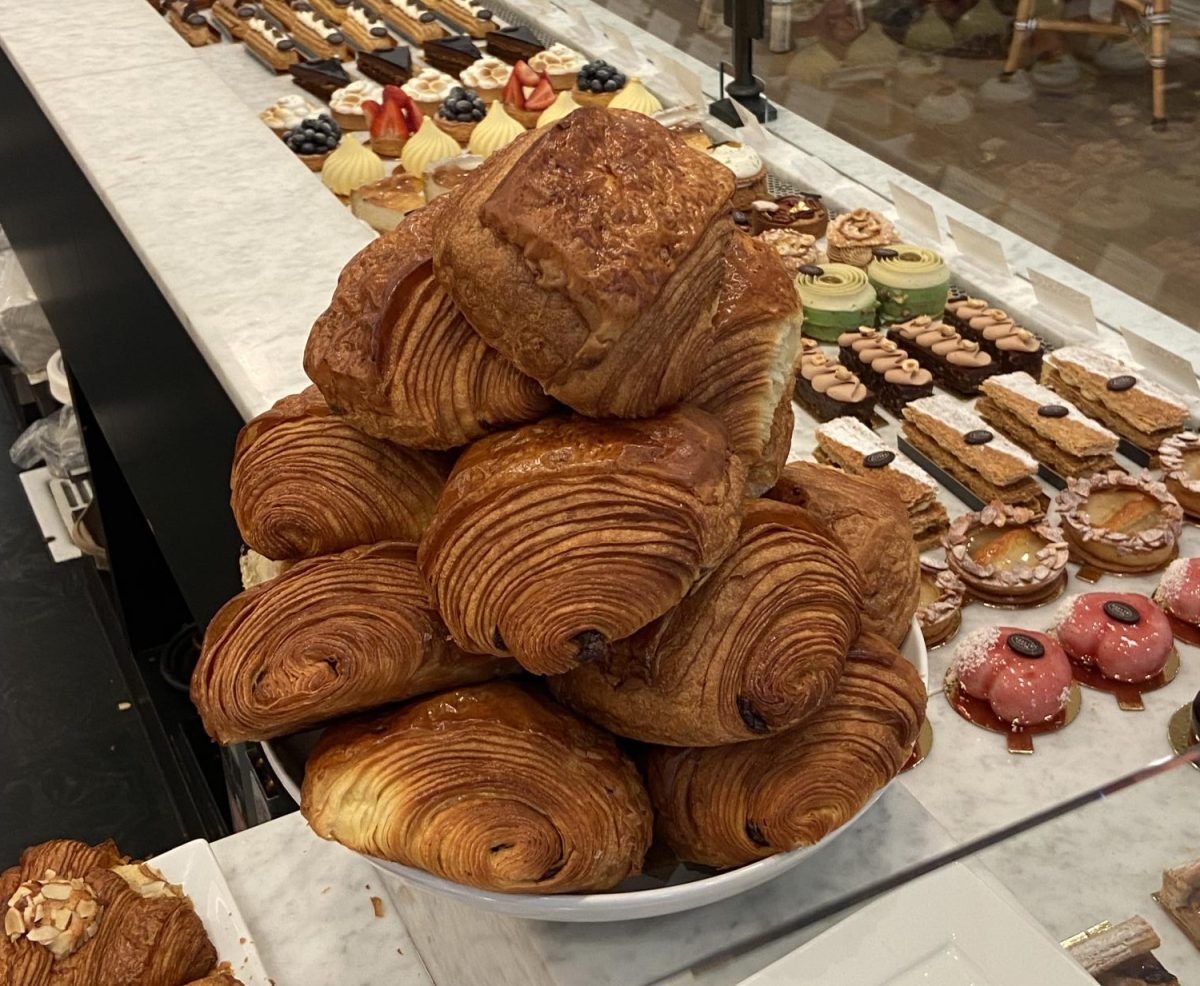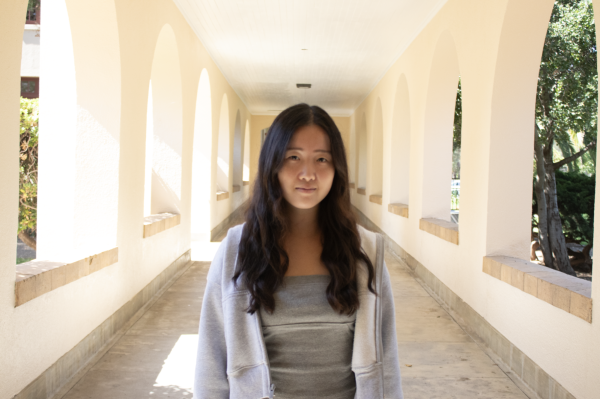“What’s your favorite scary movie?” The infamous question is a reference to the popular slasher franchise, “Scream” (1996) that exploded in popularity in modern times, blasting horror movie culture into extreme proportions. For decades, horror has captivated audiences by playing on their deepest fears, and it has evolved not just as a form of entertainment, but as a genre that taps into the human psyche and echoes societal concerns. What is it about fear that draws viewers in, and why do people continually return to stories where the lines between reality and nightmare blur?
Although horror films are not considered the most conventional storytelling method, according to Paly Composition of Literature and Visual Media teacher Alanna Williamson, horror films can be traced back to the earliest days of film.
“French filmmakers were some of the earliest people to do something with film,” Williamson said. “In one of the really famous ones [French films], there’s this shot of somebody’s eye getting cut, and that’s one of the first movies in the world. It was focusing on shock, trying to elicit emotions from the audience without sound.”
Classic horror films marked a prominent period of horror, instilling fear in people around the world and defining horror’s early years.
“The classic stage of horror was really during the 30s, 40s and 50s,” Williamson said. “They had the classics: ‘Dracula,’ ‘Frankenstein,’ ‘Creature from the Black Lagoon’ and ‘The Wolf Man’ were [released] during that time period.”
With every passing decade, the direction of horror films are modified. Various subcultures have emerged within the horror genre in recent years, each with something unique to offer. Amidst the constant additions to franchises, psychological films have been gaining traction. Xandra Button, a Masters student at the University of Glasgow studying creative writing, attributes the shift in horror towards the psychological genre to fresh ideas and outlets for imagination.
“There are so many horror movies at this point that people have to start putting deeper messages in them for them to be interesting to us,” Button said. “We’ve seen slasher movies. We’ve seen movies that don’t have that much depth in them, and it’s been a bit played out. Now, we get movies like ‘Smile,’ which have more of a meaning.”
With the shift into different types of horror comes refinement of traditional horror films and the introduction of deeper thematic messages. According to Paly Video Production teacher Rodney Satterthwaite, traditional horror has notable nuances
“‘Friday the 13th,’ ‘Nightmare on Elm Street’ and those [similar] movies were classic horror movies,” Sattherthwaite said. “They had a clear villain, and there was this stereotype where the villain was unkillable.”
Traditional horror differs from modern horror films, which apply more societal issues into the story.
“They’ve [horror films] been updated to even include elements such as wondering what it means to be a woman today, and what it means to be a person of color today.”
Horror movies are meant to feel real, and the societal issues that they touch on, or even challenge, contribute to that terrifying “realness.”
“There’s the mise-en-scène, which would be the way things are produced in the scene,” Williamson said. “For cinematography, it’s camera angles, like the distance of the camera from the subject, [or] what’s in the frame of the camera and what’s in focus versus [what’s] not.”
Editing can be utilized to express the themes in horror films as well.
“For editing, you can have choices,” Williamson said. “Do you want things to seem continuous and flow, or do you want things to be more jumpy and feel more out of place? Are you going to use flashbacks and flash forwards?”
Horror films create an uneasy atmosphere through the physical presentation of each scene. There are many inventive choices that horror films can achieve with their music scores.
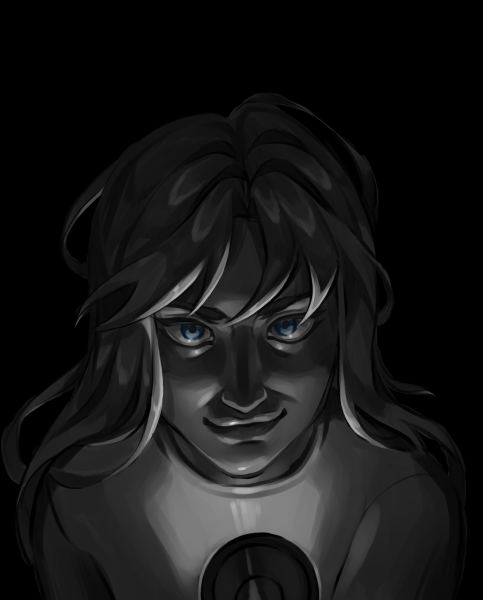
“I watched ‘Smile’ in the theater, and they [the theater] had a lot of little sounds in the background,” Button said. “Especially when other people in the movie thought that the main character was having a mental health crisis and didn’t believe her, they would put this overwhelming sound that represented anxiety, and it would build up until the main character had these meltdowns, and then it would go quiet again. … It just felt like you were waiting for the moment that she snapped.”
The elements of film production draw people into scary movies and cause emotional — or even physical — reactions from the audience. But why do audiences stay to experience this terror and thrill, rather than run away?
Danger and fear can be exciting rather than repulsive. Satterthwaite claims that humans find the idea of risk without consequences appealing.
“There’s a question of, ‘Why do we go on roller coasters?’” Satterthwaite said. “Why do we do adrenaline rushing things? We want that excitement in our lives, and horror movies are a way to do it that’s not dangerous. If we go skydiving, there’s a small chance we could die. It’s low, but it’s there. But if you go see a horror movie, the risk that you’re going to die is zero.”
Each genre of horror accesses human fears in a different way. Gore, also known as the splatter genre, implements horror through graphic violence. Senior Aryan Kawatra, co-president of the Paly Film Club, believes that a gore film’s chaotic yet controlled environment increases people’s interest in the genre.
“Gore brings you into an element that you can’t experience in real life,” Kawatra said. “The violence feels so much more impactful because you feel like there are real stakes in gore… you can remove yourself from it.”
In contrast, the supernatural horror genre, such as “The Shining” (1980) or “Annabelle” (2014), manipulates the mind rather than the body, eliciting fear of the unknown and the incomprehensible.
“I’m afraid of supernatural stuff because there’s a fear of the unknown,” Williamson said. “That’s what horror movies play with. There’s always this tension between not knowing and not seeing things, and your brain fills in what you can’t see and what you don’t know. A serial killer, I can fill in the gaps in a really literal way, but the supernatural stuff is scary because it feels so unknown, and my brain fills in like the scariest possibilities. … We’re afraid of what we can’t see. Horror constantly plays with that, and you’re always on the cusp of it.”
The various contributions to the shock factor of the supernatural genre establish a clear difference between the film’s world and reality. Maxwell Allen, co-host of the podcast Horror Movie Talk, believes that the distinction brings about a form of escapism.
“When you’re a kid, there’s lots of things that scare you, like monsters in the dark,” Allen said. “Then, when you become an adult, it’s almost like the things that scare you aren’t very fun anymore. There’s some sort of return to childhood, when you get to sit down and be afraid of a monster for an hour and a half while you watch a [horror] movie. It feels like you get to forget about the things that really are in life, and you get to focus on something mystical or strange or other worldly.”
Monsters in horror films embody modern fears. Through symbolism, real world topics are explored.
“The movie ‘Evil Dead,’ the 2013 remake, talks a lot about addiction and addiction within families, and the symbol they use for that is being demonically possessed,” Allen said. “It symbolizes losing control and hurting those around you.”
Button notes other ways horror films address viewer’s fears that are often difficult to conceptualize.
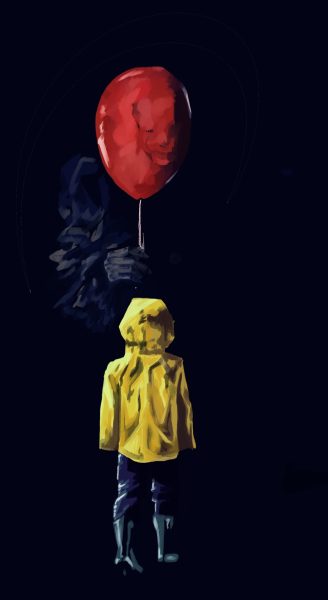
“When seeing the trauma represented as this monster that’s coming at you, depending on who you are, that might be easier for you to process, especially if you have mental health issues,” Button said.
With psychological horror on the rise, Williamson believes that the genre reveals the true, grounded fears of the human experience.
“The more time that passes in the modern world, the more there is to be afraid of,” Williamson said. “Monster movies aren’t the thing that’s scariest. Now, it’s AI. There’s a lot of real life commentary that’s happening now. The world gets scarier as it modernizes.”
Psychological horror films tackle modern issues, often referencing real events that affected society. Films such as “Us” (2019) directed by Jordan Peele encapsulate this. In “Us,” the protagonist Adelaid Wilson and her family are hunted down by the Tethered: doppelgängers who were created by the government to control their surface counterparts. The Tethered are consistently displayed in red clothing and are written to represent the red wave: the flood of Republican voters in the 2016 presidential election.
“We in society like to villainize those people really quickly,” Williamson said. “But that’s not Peele’s message at all. The Tethered are literally being subjugated by the rest of society and don’t have the resources that everybody else does. And that’s what was happening culturally in the United States; huge groups of people felt like their voices weren’t being heard, and felt that Donald Trump would hear them, and so they voted for him.”
Satterthwaite believes that many horror movies include social commentary or parallels with current world events.
“If you look at ‘Psycho,’ which is a pretty popular movie, many people will say that even though there are no Black people in the movie, it’s a critique of the Civil Rights Movement and those who were opposed to it,” Satterthwaite said. “If you look at ‘Halloween,’ a lot of people say it’s a reflection of the anxiety of Reaganomics in the 1980s when interest rates were sky high.”
As more horror films begin to delve into serious topics through various forms of expression, it is crucial to remember the heavy implications their messages hold.
“We need to be more careful about how things are depicted and how the endings may affect people, especially if you’re going as heavy handed as ‘Smile’ does,” Button said. “I can’t imagine if I was having a mental health crisis, and I went to watch this horror movie, and it ended with, ‘Yeah, there’s no hope for you.’”
Horror is a double edged sword. When writers are not careful, it can present sensitive subjects in a harsh manner, but it also allows for the appreciation of feelings that typically are not sought out.
“Horror is a great way for us to think about fear, or the emotions of fear in general, as a society,” Kawatra said. “Even though it’s one of the worst emotions we have, it is vital to us. When you get an adrenaline rush, fear creates more room for joy and not being so serious and within a routine. Fear pushes us out of our comfort zone.”


